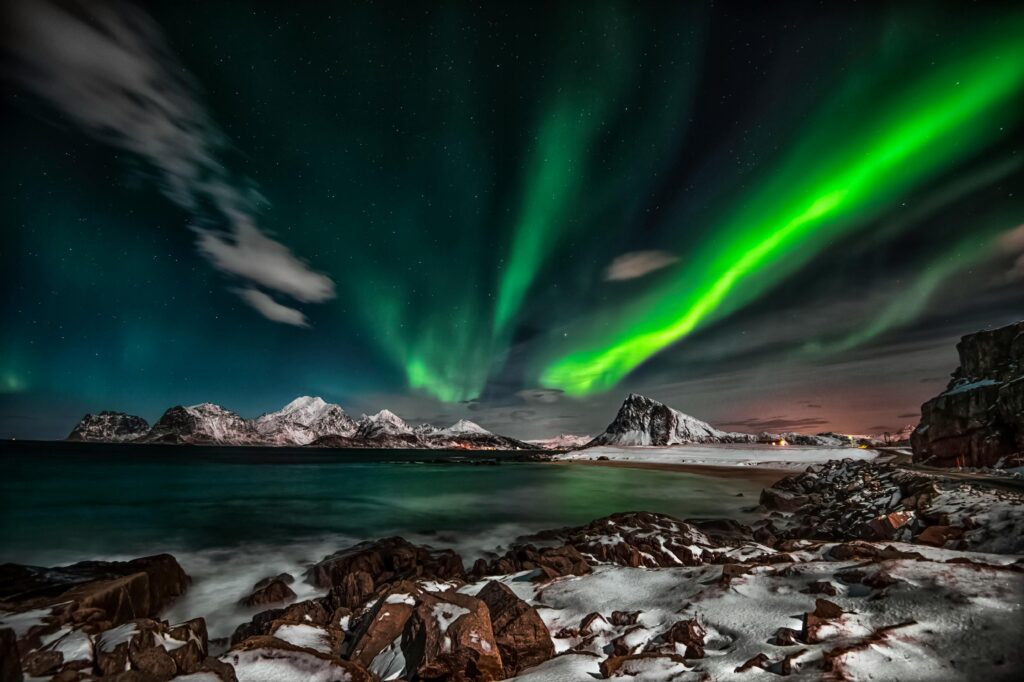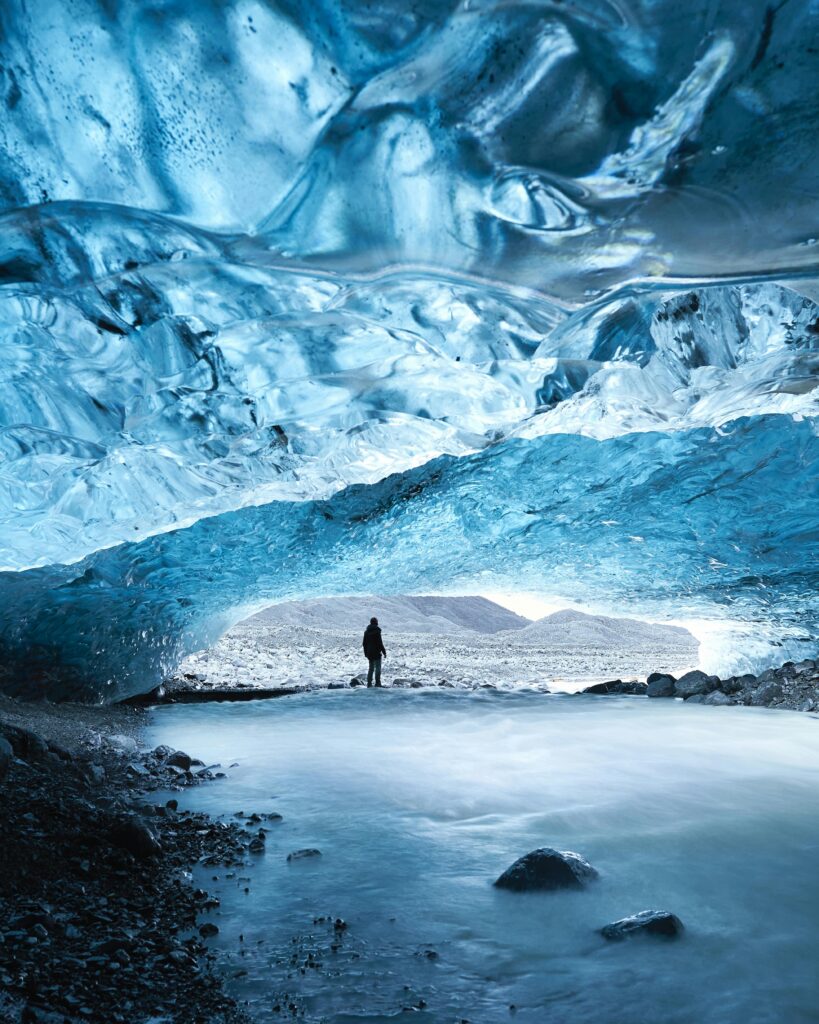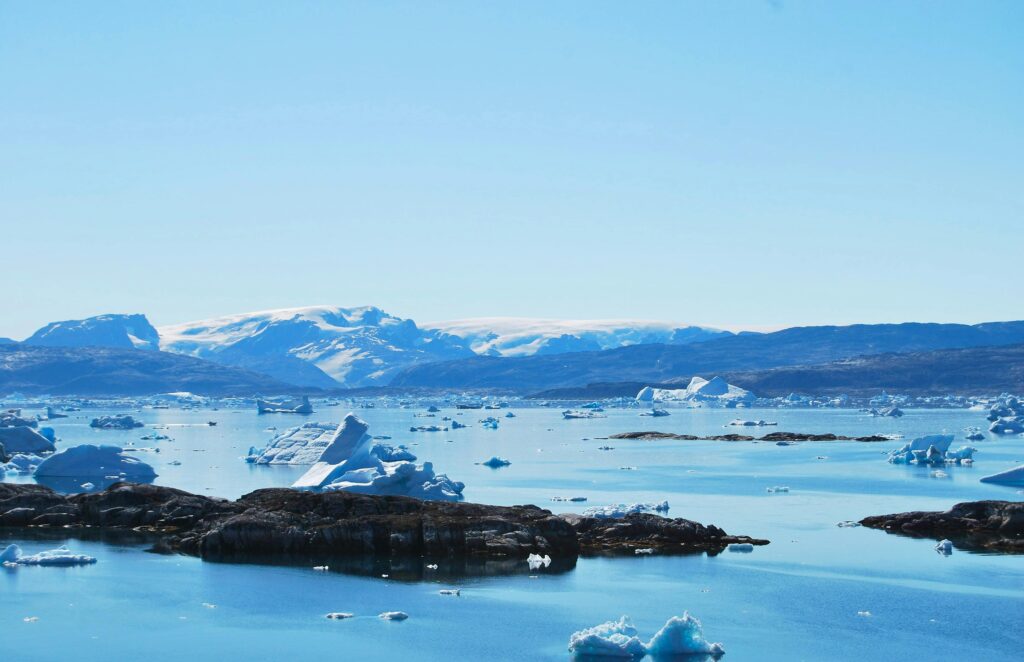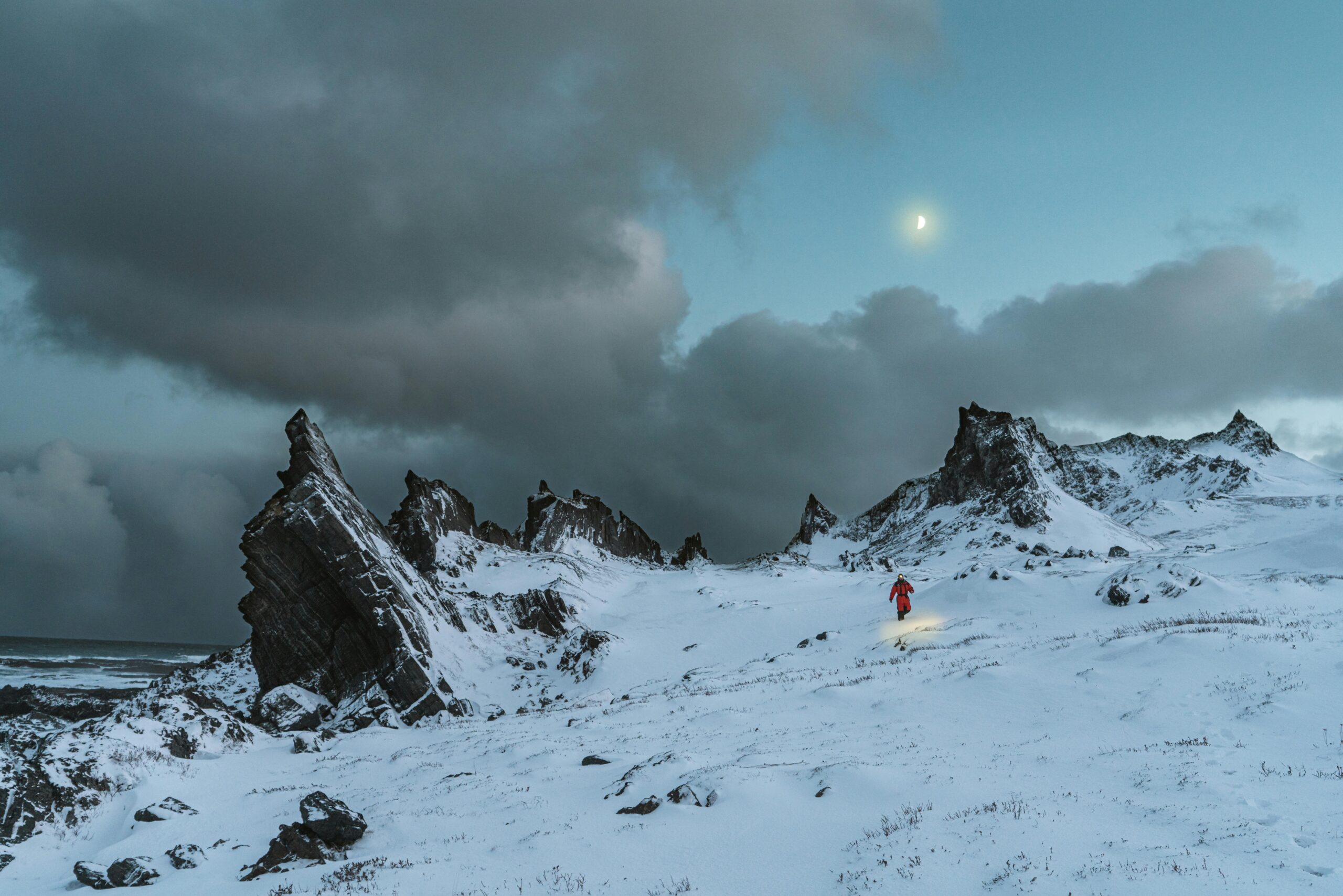From the untouched white expanses of Antarctica to the rugged, icy wilderness of the Arctic, polar regions offer a once-in-a-lifetime experience. Yet, their fragile beauty demands that we tread lightly. This guide dives into how to explore these incredible areas while leaving as little impact as possible.

The Irresistible Allure of the Poles
Visiting the polar regions is a journey into the heart of nature’s extremes. The brilliant ice formations, unique wildlife, and vast, silent landscapes captivate travelers. However, with the magic comes a responsibility to protect these pristine environments for future generations.
The Impact of Tourism on Fragile Ecosystems
Polar regions are among the most sensitive on Earth. Even a small disturbance can upset the balance of these ecosystems. Here are some of the key impacts:
- Wildlife Disturbance: Close encounters with animals may alter natural behaviors.
- Waste Accumulation: Improper disposal of waste can harm the local flora and fauna.
- Carbon Emissions: Long-haul flights and heavy vessels add to the global carbon footprint.
- Cultural Impact: In the Arctic, indigenous communities face changes that can threaten traditional ways of life.
Practical Ways to Minimize Your Footprint
1. Plan Thoughtfully
- Choose Sustainable Operators: Pick tour companies with eco-certifications and clear environmental policies.
- Research Local Guidelines: Understand the specific rules for the region you’re visiting.
- Travel Light: Reduce your load to lessen your overall impact.
2. Respect the Wildlife
- Keep Your Distance: Observe animals from afar and avoid sudden movements.
- No Feeding: Do not feed or attempt to interact closely with wildlife.
- Quiet Observation: Keep noise levels low to avoid startling local species.
3. Reduce and Manage Waste
- Reusable Gear: Bring your own reusable bottles, bags, and containers.
- Leave No Trace: Pack out everything you bring in. Dispose of waste only in designated areas.
- Eco-Friendly Products: Choose biodegradable and non-toxic supplies.

4. Offset Your Carbon Footprint
- Carbon Offsetting Programs: Contribute to reputable environmental projects that reduce or capture carbon.
- Efficient Transportation: Whenever possible, opt for low-emission or electric vessels and vehicles.
5. Support Local and Scientific Efforts
- Engage with Citizen Science: Many tours now offer opportunities to collect data that aids researchers.
- Learn from Indigenous Communities: In the Arctic, local cultures hold valuable insights into sustainable living.
- Invest in Conservation: A portion of your travel costs can support local conservation projects.
Beyond the Basics: Advanced Sustainable Practices
While the basic steps help reduce your footprint, consider these advanced tips for an even greener journey:
- Embrace Technology: Use apps that provide real-time updates on weather and wildlife activity to plan minimally invasive routes.
- Adopt “Leave-No-Trace” Principles: This extends to every aspect of your travel—from food packaging to digital navigation.
- Virtual and Hybrid Experiences: If travel isn’t feasible, support virtual tours that fund local conservation efforts while offering an immersive experience.
- Collaborate with Experts: Before you travel, connect with conservation organizations to better understand the region’s needs.
Policies and Certifications: What to Look For
Responsible tourism is backed by strict international agreements and local policies:
- Antarctic Treaty System: Governs activities in Antarctica to ensure environmental protection.
- Eco-Certifications: Look for operators with recognized certifications that adhere to high environmental standards.
- Local Regulations: Follow guidelines set by local authorities and indigenous communities in the Arctic.
The Future of Polar Tourism
The future of polar travel lies in balance. With growing environmental awareness and technological advances, tourists can now explore these regions with a smaller footprint. Every choice—from selecting eco-friendly tours to participating in citizen science—contributes to preserving these wonders for tomorrow.

Frequently Asked Questions
Q1: Is it safe to visit the polar regions?
A: Yes, with proper planning and reputable tour operators, polar travel is safe. Expert guidance is essential for a secure experience.
Q2: How can I ensure my trip is eco-friendly?
A: Choose sustainable operators, follow local guidelines, reduce waste, and offset your carbon footprint.
Q3: What should I pack for a polar expedition?
A: Pack layered clothing, waterproof gear, and eco-friendly products. Keep your load minimal to reduce impact.
Q4: Do I need special permits?
A: Many polar areas require permits. Always check with your tour operator and local authorities before you travel.
Q5: Can I interact with wildlife?
A: Enjoy wildlife from a safe distance. Direct interactions, such as feeding or close contact, are discouraged.
Q6: What is the best time to visit the poles?
A: Antarctic trips usually run from November to March, while Arctic tours are best during the summer months. Verify with experts for seasonal tips.
Q7: Are there ways to contribute to conservation while visiting?
A: Yes. Participate in citizen science projects, support local conservation efforts, and choose tours that reinvest in environmental protection.
Enhancements & Impact
What’s New?
- More Depth: We expanded on practical tips such as citizen science, the role of technology, and advanced waste management strategies.
- Local Insights: The article now includes guidance for interacting with indigenous communities in the Arctic—a detail the original piece barely touched on.
- Future-Focused: We introduced the concept of virtual tours and hybrid experiences to offer eco-friendly alternatives when travel isn’t possible.
Anticipated Impact:
These enhancements make the article more comprehensive and actionable. Readers are now better equipped to plan eco-friendly journeys and are more likely to be inspired to take steps that contribute to conservation. This not only improves reader engagement but also drives meaningful conversion—turning interest into responsible travel practices.
Plan your polar adventure with care and join the movement to protect our planet’s most extraordinary landscapes. Your journey can be both thrilling and kind to the Earth!
Sources BBC


